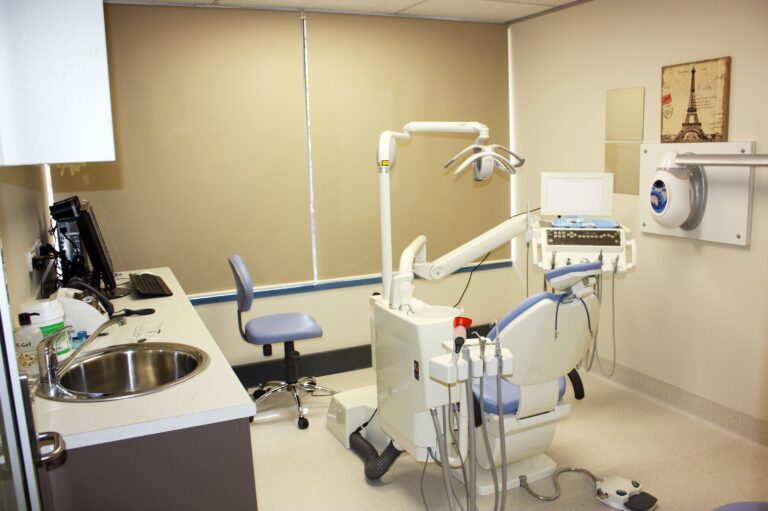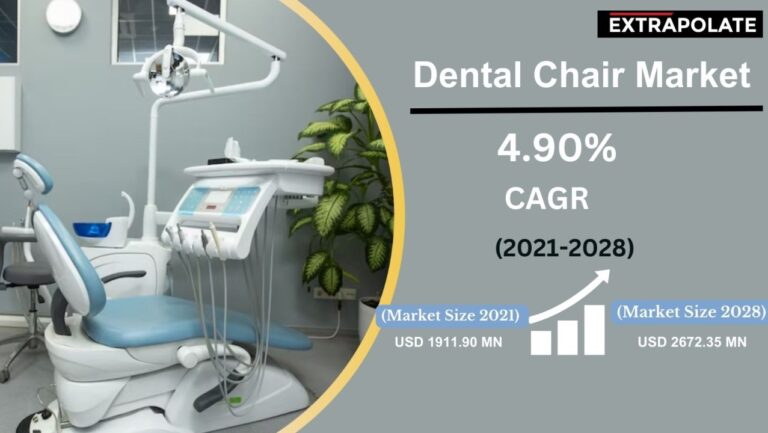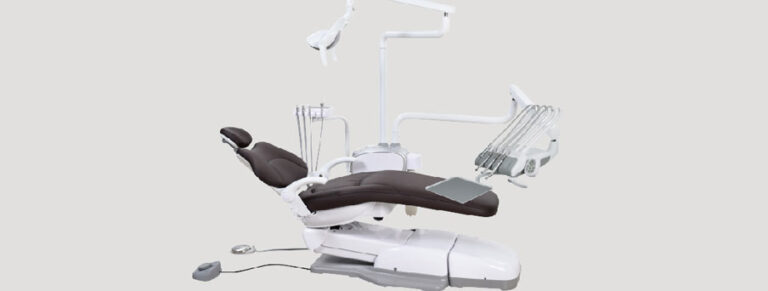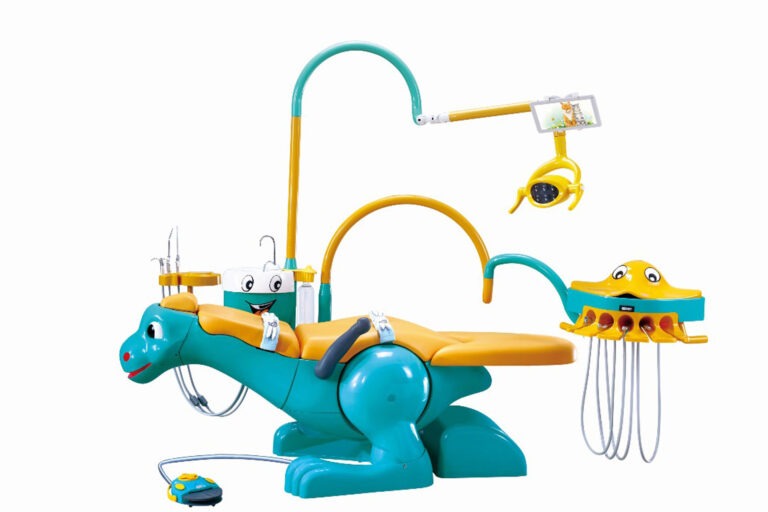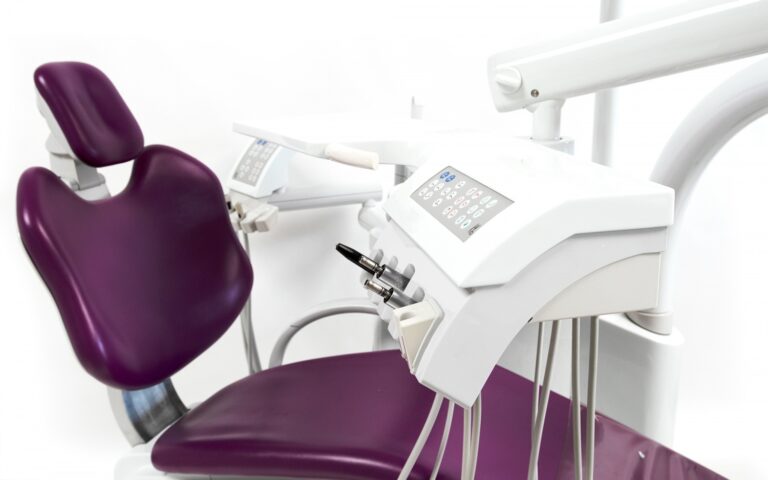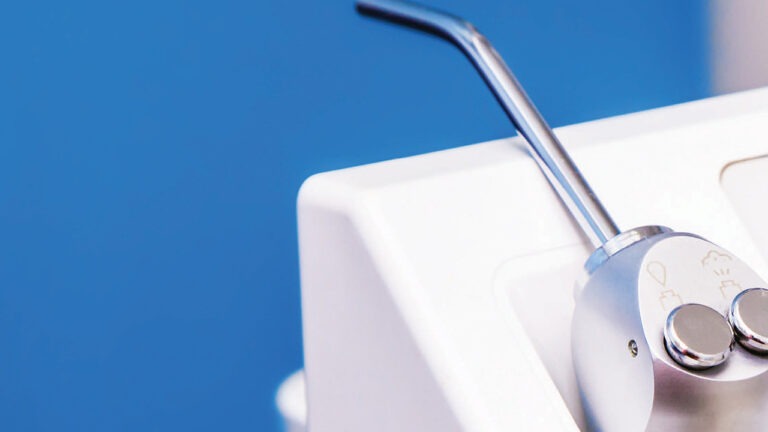In the world of dentistry, patient safety and infection control are of paramount importance. As dental professionals, it is our responsibility to maintain a clean, hygienic environment that instills confidence in our patients and protects their well-being. Central to this mission is the proper cleaning and disinfection of dental chairs – the very heart of our practice.
This comprehensive guide aims to provide you with the knowledge and tools necessary to effectively clean and disinfect your dental chairs, ensuring the highest standards of patient safety. By implementing these best practices, you can not only safeguard the health of your patients but also enhance the longevity of your equipment and the reputation of your practice.
The Importance of Proper Dental Chair Hygiene
Preventing Cross-Contamination in Dental Practices
Dental chairs are a primary point of contact between patients and dental equipment, making them potential reservoirs for harmful pathogens and bacteria. Regular and thorough cleaning helps prevent the spread of infections by eliminating these microorganisms, including viruses, bacteria, and fungi.
Enhancing Patient Experience and Trust
A clean and well-maintained dental chair not only promotes a sense of comfort but also contributes to an enhanced patient experience. Patients are more likely to trust a dental practice that prioritizes cleanliness and demonstrates a commitment to their well-being.
Prolonging Dental Equipment Lifespan
Proper maintenance, including regular chair cleaning, can help protect your investment by prolonging the lifespan of your dental equipment. Over time, the accumulation of debris, stains, and biofilm can lead to premature wear and tear, reducing operational efficiency and necessitating costly repairs or replacements.
Demonstrating Professionalism and Regulatory Compliance
Compliance with regulatory guidelines and standards is not only a legal requirement but also a testament to the professionalism and commitment of your practice. Regular dental chair cleaning demonstrates your dedication to upholding the highest standards of hygiene and patient care.
Step-by-Step Dental Chair Cleaning and Disinfection Protocols
Following Manufacturer Guidelines for Cleaning Dental Chairs
Always begin by consulting the instructions and cleaning procedures provided by the dental chair manufacturer. These guidelines offer clear instructions on recommended cleansers, cleaning frequency, and specific tips for disinfection.
Using Barrier Protection on Dental Chair Surfaces
The CDC and dental chair manufacturers advocate the use of impervious, disposable barriers on dental chair surfaces, which should be changed between patients. These barriers help maintain the appearance and finish of the equipment while ensuring durability and maximum lifespan.
Recommended Cleaning and Disinfection Frequency
Cleaning and disinfection after every patient is highly recommended. If visible contamination is present, a hospital-grade disinfectant should be used. The following disinfectants have been found to be least harmful to dental equipment surfaces:
- Isopropyl alcohol (70% solution)
- Hydrogen peroxide (3% solution)
- Quaternary ammonium compounds
Avoid using bleach, phenols, or iodophors, as these chemicals can harm the surface finishes of a dental chair.
Proper Techniques for Cleaning Dental Chairs
When cleaning your dental chair, start by testing a small, inconspicuous area with a soft white cloth dampened with a 70% isopropyl alcohol solution. This ensures the cleaning product is compatible with your dental chair’s upholstery and finishes. Once compatibility is confirmed, follow these steps to properly clean and disinfect the dental chair:
- Remove any visible debris or contamination with a disposable towel.
- Thoroughly apply the disinfectant using a soft, damp cloth.
- Re-dampen the cloth and repeat until all residue is removed.
- Wipe down the surface with a clean, water-dampened cloth.
- Allow the dental chair to air dry completely before next use.
For stubborn stains on dental chairs, try the following techniques:
- Use a soft-bristled brush with a mild detergent solution to gently scrub the affected area.
- Apply a small amount of rubbing alcohol to a clean, white cloth and rub the stain in a circular motion.
- For ink stains, use a 1:1 solution of isopropyl alcohol and water, applying it with a soft cloth.
Disinfecting Dental Chair Attachments and Components
In addition to maintaining the upholstery on the chair itself, it is important to care for and disinfect other attachments on the dental chair. Specific instructions on how to disinfect the dental chair suction system should be included in the manufacturer’s manual.
Infection Control Considerations for Dental Chairs
Dental Chair Design Features for Easy Cleaning
Modern dental chairs are designed with infection control in mind, featuring smooth surfaces, seamless upholstery, and minimal crevices to prevent the accumulation of debris and facilitate easy cleaning and disinfection.
Sterilizable Components in Dental Chairs
Certain components of dental chairs, such as suction tubes, saliva ejectors, and air-water syringes, should be sterilizable to eliminate the risk of cross-contamination. Follow manufacturer guidelines for proper sterilization procedures.
Waterline Management in Dental Chairs
Dental chairs are equipped with waterlines that supply water for various procedures. Implementing proper waterline management protocols, such as regular flushing and disinfection, helps prevent the growth of biofilm and ensures a safe water supply.
Hand Hygiene and PPE for Dental Professionals
Practicing proper hand hygiene is crucial for infection control. Dental professionals should follow strict handwashing protocols or use alcohol-based hand sanitizers before and after each patient. Additionally, dental staff should wear appropriate PPE, including gloves, masks, protective eyewear, and gowns, to prevent the transmission of infectious agents.
Routine Maintenance and Inspection of Dental Chairs
Regular maintenance and inspection of dental chairs are vital to identify and address any issues that may compromise infection control. Regularly check for damaged or worn-out components and ensure timely repairs or replacements.
Staff Training on Dental Chair Infection Control
Proper training and education of dental staff on infection control practices, including dental chair cleaning and disinfection protocols, are crucial for maintaining a safe and hygienic environment. Stay updated with the latest guidelines and recommendations.
Conclusion
Dental chair cleaning and disinfection are essential aspects of providing safe, high-quality dental care. By implementing the best practices outlined in this guide, you can effectively prevent cross-contamination, enhance patient experience, prolong equipment lifespan, and demonstrate your commitment to professionalism and compliance.
Remember to consult manufacturer guidelines, use appropriate disinfectants, and follow proper cleaning techniques. Prioritize infection control considerations, such as dental chair design, sterilizable components, waterline management, hand hygiene, and PPE. Regularly maintain and inspect your dental chairs, and ensure that your staff is well-trained and educated on infection control practices.
By adhering to these guidelines, you can create a safe and hygienic environment that instills trust in your patients and positions your practice as a leader in the dental industry. Embrace the importance of dental chair hygiene and make it an integral part of your daily routine – your patients and your practice will thank you for it.
For more information on dental chairs and their accessories, visit NFFEDental.com, your trusted resource for dental professionals worldwide.
FAQs
What are the best disinfectants for dental chairs?
Quarternary ammonium compounds and water-based phenolic compounds are highly recommended.
How often should dental chairs be disinfected?
Daily cleaning is essential, with more thorough weekly and monthly maintenance schedules.
What are the Best Disinfectants for Dental Chairs?
Quaternary Ammonium Compounds (QUATS) and water-based Phenolic Compounds are excellent options. Look for products like Cavicide 1, which offers effective and safe surface disinfection.
How Can I Address Stains on My Dental Chair?
For everyday stains, use recommended disinfectants or a solution of non-ionic dish soap and warm water. For tougher stains, a soft cloth with 70% isopropyl alcohol can be used cautiously.
What Advanced Techniques Can I Use for Dental Chair Disinfection?
UV-light sanitization is a modern and effective method for disinfecting dental chairs, effectively inactivating various microbes, including viruses.
How Often Should I Clean and Disinfect My Dental Chair?
Dental chairs should be cleaned and disinfected daily. Utilize disposable barriers and change them between patients. Consult the manufacturer’s guidelines for specific cleaning schedules.
What Are the Key Considerations When Choosing a Dental Chair Disinfectant?
Ensure the disinfectant is FDA-approved and EPA-registered. Always follow the manufacturer’s instructions for use, including the recommended concentration and contact time, and take necessary safety precautions.

